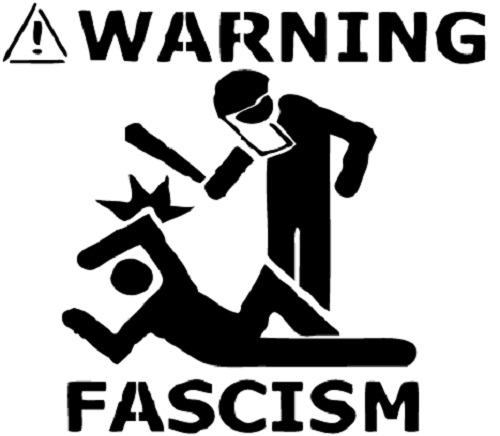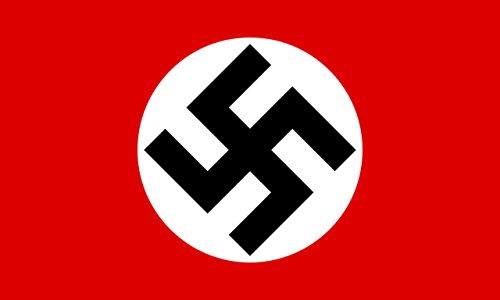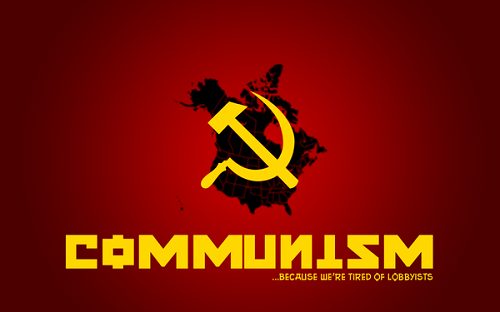Nazism and Fascism are ideologies – an ideology is a system of ideas used to form the principles behind an economic or political theory. The two can be interrelated as it can be said that Nazism is a form of Fascism. However, it is crucial to understand although Nazism and Fascism are interlinked, not all Nazis were Fascists since there are philosophical differences between them.

What is Fascism?
Fascism is a form of radical dictatorial nationalism characterized by authoritative power, the dominance of opposition and control of commercial activities. It is, therefore, a form of a government system that is led by a dictator who takes control of every facet of the society and puts the wealthy on the top. This ideology rose to fame in the early 20th-century – its period can be determined to be between 1919 and 1945 and is founded on nationalistic feelings. The first fascist movement appeared in Italy in the course of World War I before spreading to other European nations. Under Mussolini who was the leader of the National Fascist Party, the fascists of Italy were initially referred by the term Fascism.
According to fascism, which advocates that a state is where all people are together, a state is a central aspect. In fact, the word fascism comes from the word ‘fascio’, an Italian word meaning a bundle or collection that makes fascism an ideology that believes in the strength of unity and standing together. For instance, in Italy, people opposing the main population were advised and given a chance to join everyone else. For example, without murdering Jews, fascism ordered Jews to convert. Jews were only killed during World War 2 when Germany entered Italy.

What is Nazism?
National Socialism, usually referred to as Nazism refers to ideological practices connected with the German Nazi Party. Like Fascism, it is was also a radical political system characterized by nationalistic feeling where a dictator together with his supporters governed the country as he wished. However, Nazism was anti-Semitic – implementing hostility, prejudice, and discrimination against Jews, which is the distinguishing factor between the two. Nazism period was between 1933 and 1945. The word Nazi comes from the first two syllables of the word ‘national’ in the German language.
Fascism emphasized the state as the central aspect while Nazism focused more on racialism, a significant difference between the two political ideologies. As such, Nazism does not center on the belief that unity brings strength. Racial hatred was the fundamental principle behind Nazism, the reason why six million Jews living in Germany were killed in its era.
Similarities between Nazism and Fascism
The discussion above shows that although Nazism and Fascism are political ideologies where a dictator and his supporters rule a state without equality, the two are significantly different. Fascism had made the state its key aspect while Nazism had made race its central factor. However, two political systems are similar in the following ways:
- Both Fascism and Nazism originated in the 20th century. Fascism arose in the period between 1919 and 1945, while Nazism was trending between 1933 and 1945
- Both systems believed in a one-man rule, and did not agree to a democratic form of government and as such believed in crushing anyone opposing them. They, therefore, believed in conquering the state.
- The two systems made their state economies strong
- Both Fascism and Nazism originated from the Europe and were both established after World War 1
- Both were influenced by nationalism and emphasized a nationalistic feeling
- Both systems pursued collectivism including land ownership and other means of state production to demonstrate an economy that is led and governed by the state. Additionally, both Fascism and Nazism established a form of dictatorship where a leader ruled and with radical power, glorified violence, militarism, and imperialism.
- Both systems opposed liberalism and socialism/ communism and freedom of speech
- Both were totalitarian political ideologies that sought to control all state aspects of public and private sectors
Summary points on similarities between Nazism and Fascism
The world has seen many political and economic ideologies over time. Nazism and Fascism are a form of dictatorial political ideals that rose up in the 20th century. Today, most political ideals in many states are based on democracy where the leader is not in control of governing all in the state.












Leave a Reply